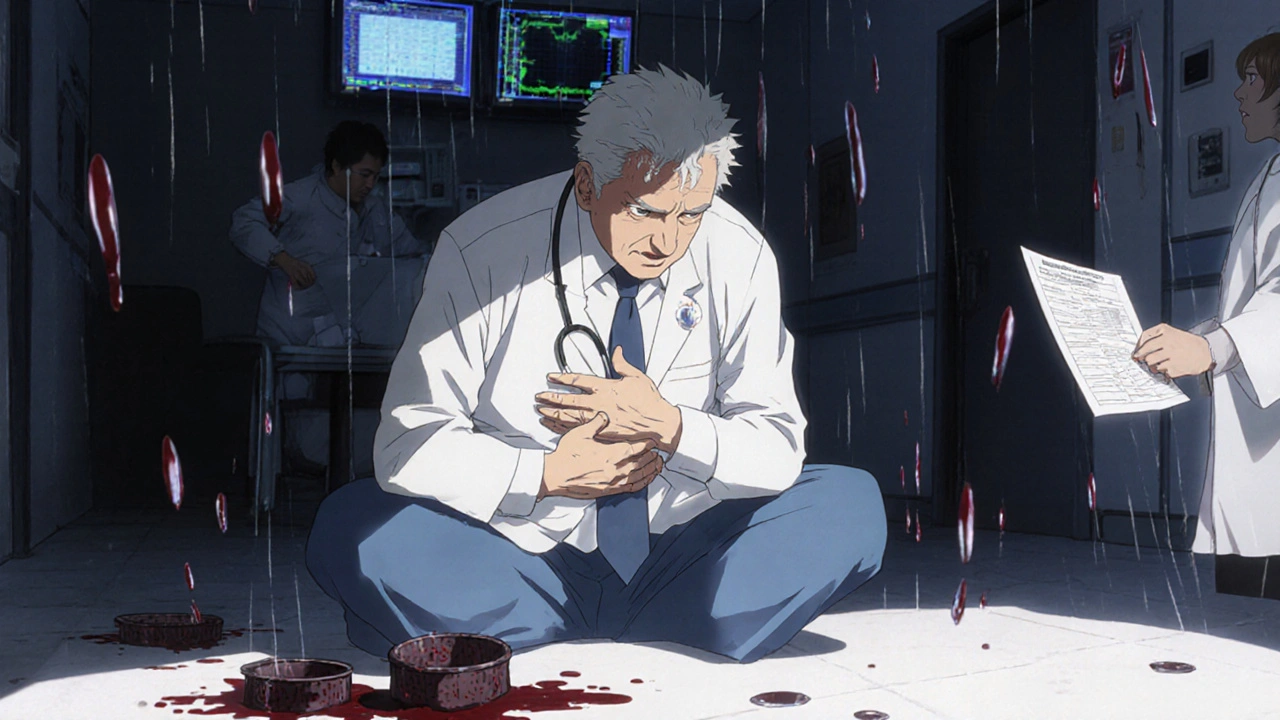Anticoagulant Side Effects: What You Need to Know Before Taking Blood Thinners
When you take an anticoagulant, a medication that prevents blood clots from forming or growing larger. Also known as blood thinner, it doesn’t actually make your blood thinner—it stops clotting proteins from working the way they should. This is lifesaving for people with atrial fibrillation, deep vein thrombosis, or after a heart valve replacement. But every time you take one, you’re walking a tightrope between preventing a stroke and risking a bleed.
Not all anticoagulants are the same. Warfarin, an older vitamin K antagonist that requires regular blood tests is still used, but newer options like apixaban, a direct oral anticoagulant (DOAC) that works faster and doesn’t need constant monitoring are now more common. Still, no matter which one you’re on, the biggest risk is bleeding—sometimes silently. A nosebleed that won’t stop, unusual bruising, dark stools, or even a headache that feels different could mean internal bleeding. It’s not rare. Studies show about 1 in 10 people on anticoagulants will have a serious bleed within a year. That’s why knowing the signs isn’t optional—it’s survival.
Some side effects are easy to miss. You might feel more tired than usual, not because you’re aging, but because you’re slowly losing blood. A fall that used to give you a bruise might now trigger a deep hematoma. Even something as simple as a dental cleaning can turn dangerous if your doctor doesn’t know you’re on a blood thinner. And interactions? They’re everywhere. Over-the-counter painkillers like ibuprofen, herbal supplements like garlic or ginkgo, even grapefruit juice can bump up your bleeding risk. Your pharmacist isn’t just giving you pills—they’re your safety net.
What you’ll find below isn’t just a list of articles. It’s a collection of real-world guides written by people who’ve been there—whether it’s managing warfarin while traveling, spotting early signs of internal bleeding, or choosing between newer drugs and older ones. You’ll see how anticoagulant side effects show up in daily life, what to do when things go wrong, and how to talk to your doctor without sounding paranoid. These aren’t theory pieces. They’re the kind of advice you wish you’d read before your first prescription.
